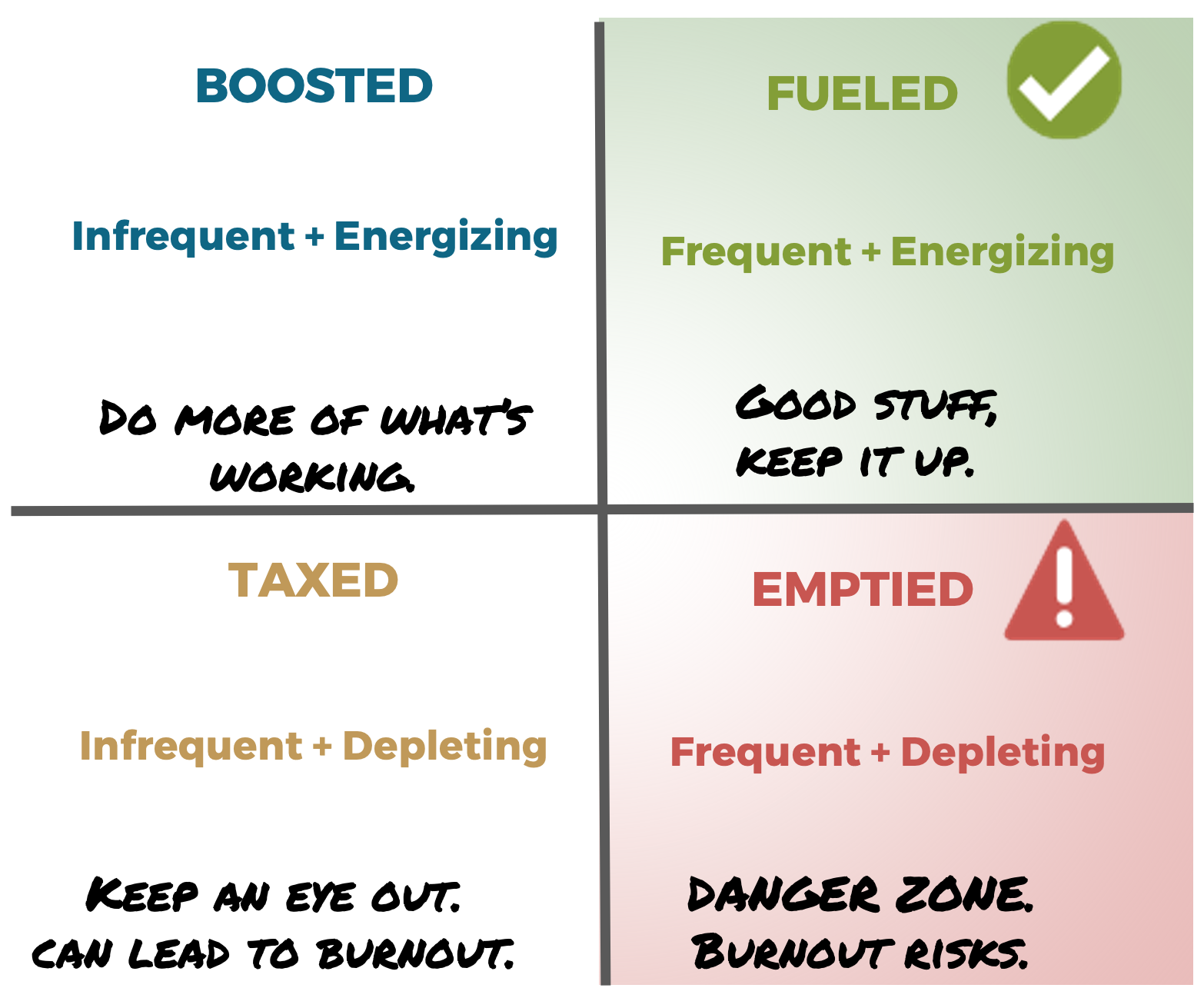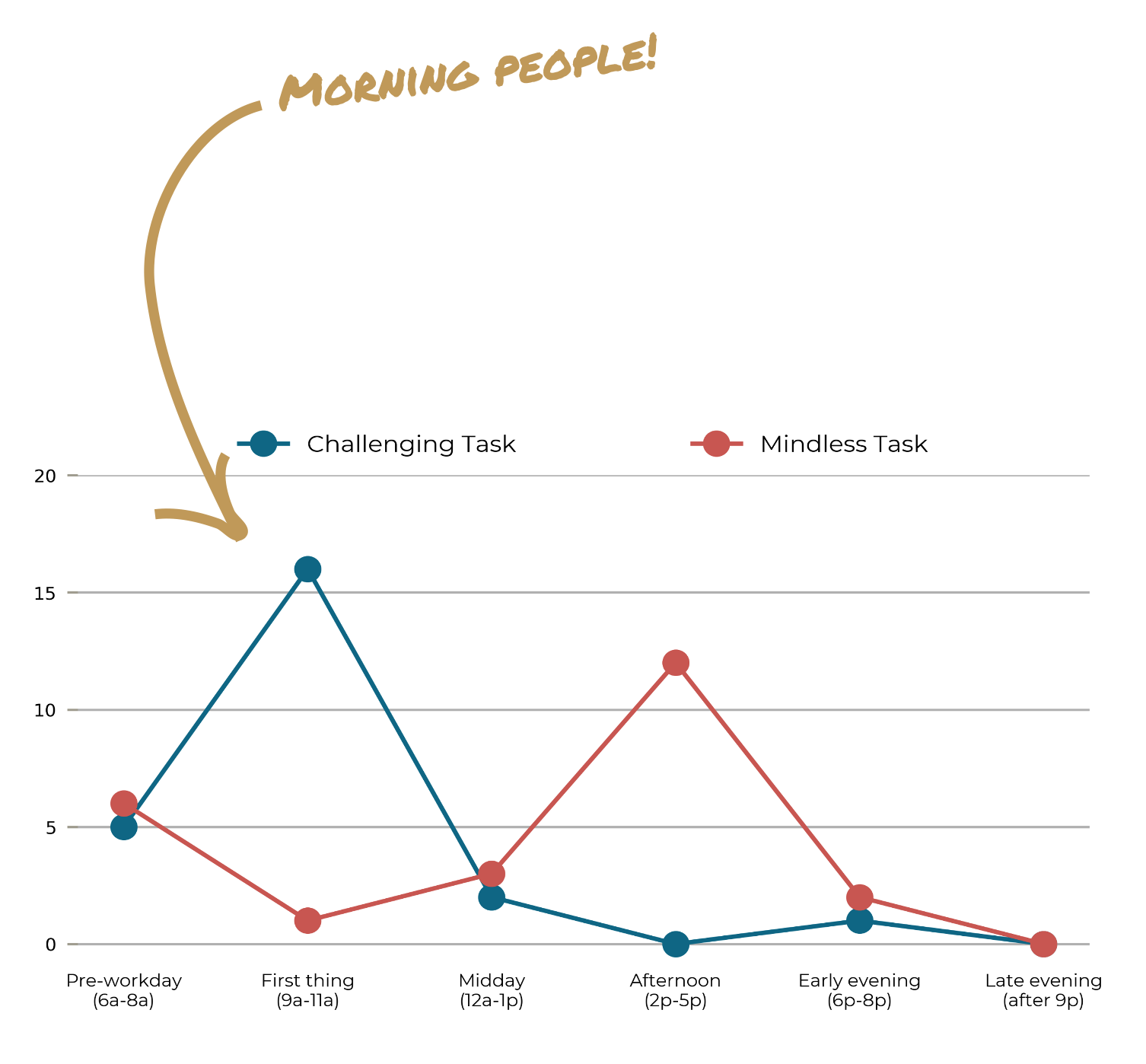Adapting for a Better Work Experience
Taylor Miller | August 24th, 2020


Company Overview
Hopewell is a work experience company. They collect and analyze data to uncover insights that guide business decisions for better and more efficient working environments.
Product Inspiration
The way in which employers view their office space and measure employee satisfaction is dynamic and constantly changing. The Founders of Hopewell, Ami Iannone, Brian Zuercher, and Emily Kaplan wanted to figure out a way to collect measurable data on job satisfaction that went beyond subjective and emotion-based performance questions. Typical employee satisfaction assessments provide great insights when it comes to retention, but that’s about where the insights stop. Hopewell saw the need for actionable insights that would provide employers the power to not only improve retention but increase happiness and productivity. Hopewell has built a work experience platform that measures the actual impact of work experience to improve efficiency, profitability, and job satisfaction.
Product Requirements
Hopewell engaged with AWH to build a work experience platform. The product requirements for this project included an assessment, passive data collection, and automation of visual assessment results. This work experience platform will change the way companies measure employee work experience and offer simple solutions for Hopewell’s clients to improve their productivity, lower turnover, and ultimately, improve the bottom line.
The first assessment was designed to gather baseline data. This assessment asked questions similar to the following: What time of day are you the most productive? What meetings are productive? Where do you do ideation? Do you prefer working in a high energy environment or a quiet place? The goal is to measure three things. First, the employees’ overall work experience, in other words, the perceived experience they feel working for that company. Second, their preferred time of day for certain types of work activities. And finally, identify their flow state, when a person is in a mental state of being that they are completely absorbed in their work and their most productive.

The next step is to gather passive data, -like employee calendars, making it possible to compare employee chronotypes to their actual workdays. Studies show that people in a state of flow are 5 times as productive, so re-shaping the workday to encourage and promote a flow state will significantly impact output. For example, if employee A is a morning person, self-motivated, and values productivity, providing employee A with a workspace that shelters them from disruptions and making sure their calendar is clear in the morning when they do their best work will improve their job satisfaction and performance.
When you better understand your team’s chronotype you can build a better, more productive work experience for them. Most people prefer doing their most challenging tasks in the morning and saving their mindless tasks for the afternoon when they are feeling lower energy, so scheduling meetings and activities with that in mind can make a huge difference in how people feel about work and how productive they are.

This work experience platform builds custom reports with specific recommendations to improve an employee’s ability to reach, and maintain, a state of flow. Included in this report are top indicators of successful work episodes and the barriers to flow that need to be overcome. Additionally, it measures what fuels your employee or team. For example, some employees are fueled by ideation while others are drained by it, so providing employees with more opportunities to lean on their strengths will make them more successful and improve their happiness and satisfaction with their work. These insights make it simple for leadership teams and managers to build an ideal work environment to support their team.
